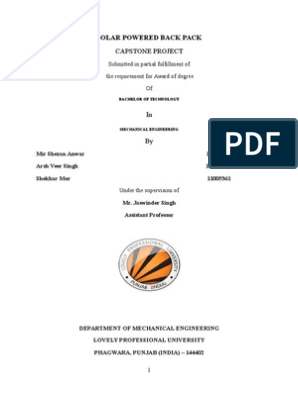0% found this document useful (0 votes)
122 views14 pagesModule 1 - Notes
Conversation of natural resources Module 1
vtu notes
Uploaded by
satwikr8463Copyright
© © All Rights Reserved
We take content rights seriously. If you suspect this is your content, claim it here.
Available Formats
Download as PDF, TXT or read online on Scribd
0% found this document useful (0 votes)
122 views14 pagesModule 1 - Notes
Conversation of natural resources Module 1
vtu notes
Uploaded by
satwikr8463Copyright
© © All Rights Reserved
We take content rights seriously. If you suspect this is your content, claim it here.
Available Formats
Download as PDF, TXT or read online on Scribd
/ 14





















































































